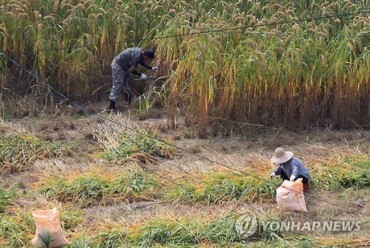
The accident involving an Uber self-driving car that occurred in Arizona on March 18, which resulted in the death of a pedestrian crossing the street, has South Korean autonomous car researchers at work to develop a next-generation intelligent traffic system called C-ITS. (Image: Yonhap)
SEOUL, March 28 (Korea Bizwire) — The accident involving an Uber self-driving car that occurred in Arizona on March 18, which resulted in the death of a pedestrian crossing the street, has South Korean autonomous car researchers at work to develop technology that would enhance the road safety of autonomous cars.
In addition to the introduction of a next-generation intelligent traffic system called C-ITS, technological tools marked for creation include a high-precision road map, and an artificial environment allowing for self-driving testing in simulated harsh weather conditions and during nighttime at the autonomous car testing complex K-city.
To calm fears over a self-driving car accident being replicated in South Korea, the Ministry of Land, Infrastructure and Transport stated controls are in place to ensure road safety during vehicle tests.
Called “the wild west of robot car testing” by research group Consumer Watchdog, Arizona’s approval system for self-driving cars was lax, requiring only that the company that wished to test its cars submit documents with no vehicle test needed. In comparison, South Korea only permits “robot cars” to hit the roads after their actual performance has been examined by the authorities.
Since February 2016, when temporary road permits were first issued, 44 vehicles from 18 organizations have been recipients. The Ministry of Land, Infrastructure and Transport has emphasized that none of these vehicles have been involved in accidents.

Additional technological tools marked for creation include a high-precision road map, and an artificial environment allowing for self-driving testing in simulated harsh weather conditions and during nighttime at the autonomous car testing complex K-city. (Image: Korea Transportation Safety Authority)
Lina Jang (linajang@koreabizwire.com)






